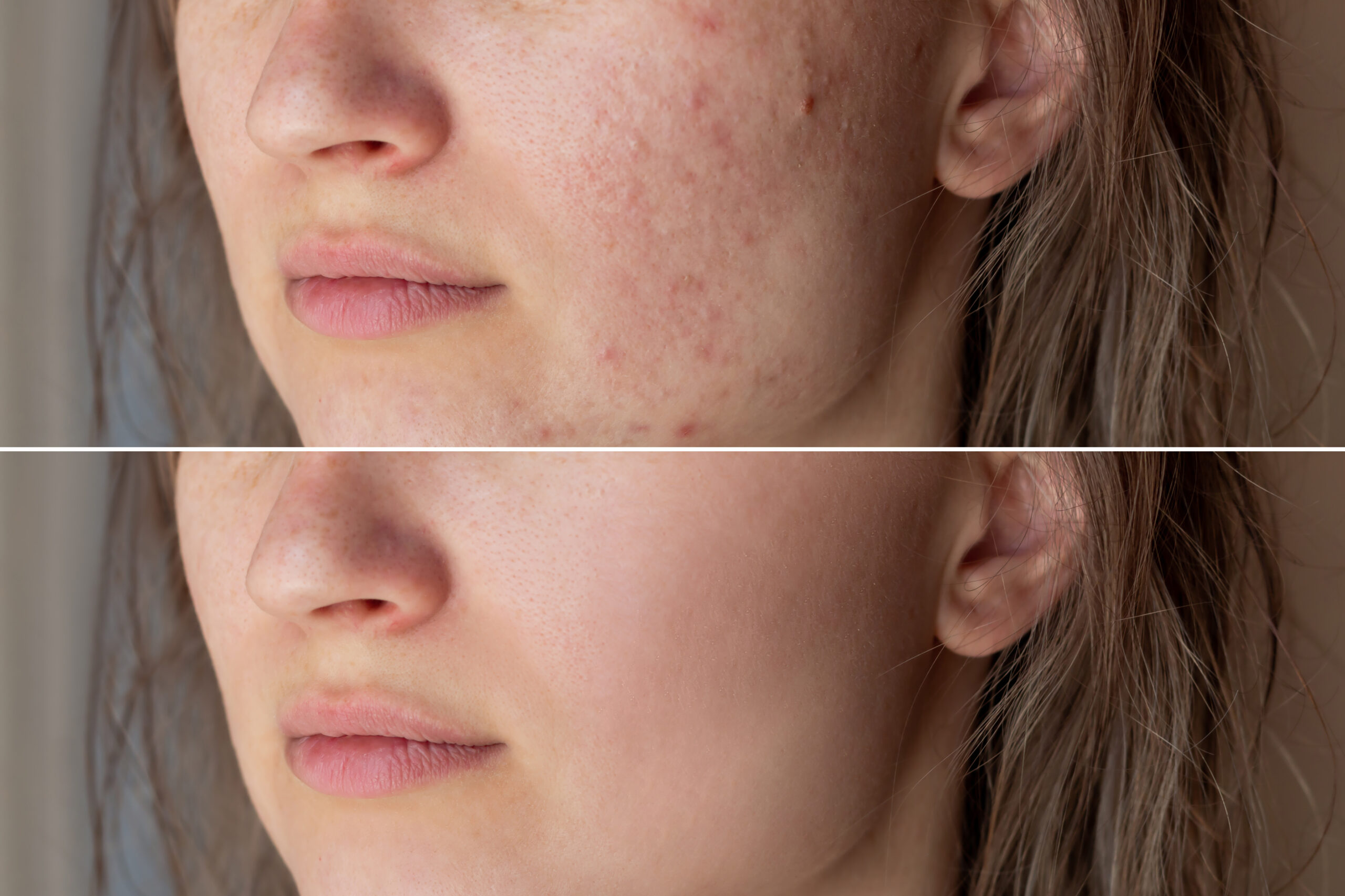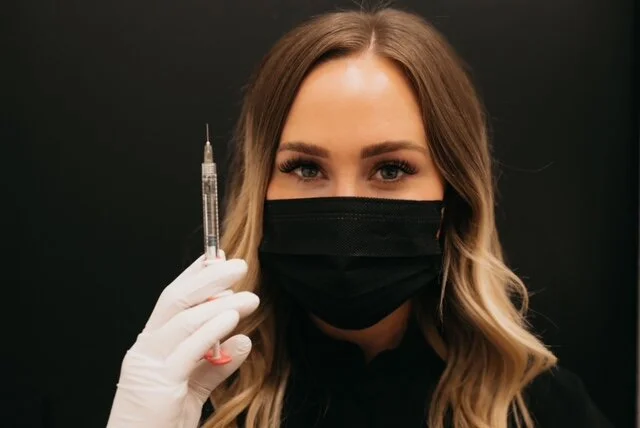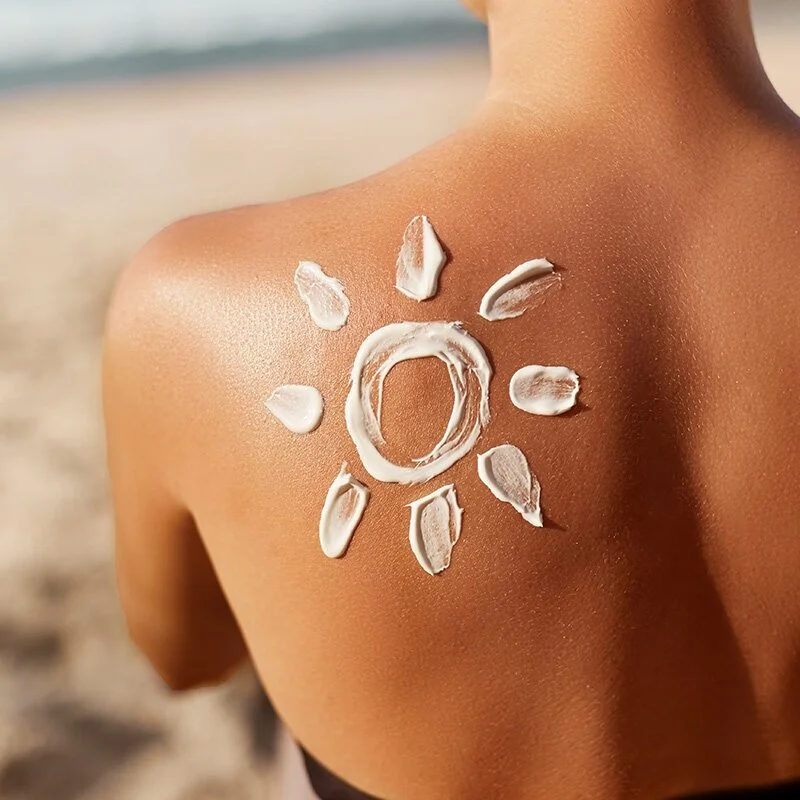Sun protection is a broad topic that can become overwhelming. (Especially when I get going on the subject!) I think it would be best to break it down into smaller segments to discuss. I want to address a common question I get which is: “What is the difference between chemical and physical/mineral sunscreens?” I could go on and on about this topic, but I will attempt to summarize it in this first blog post about sun protection.
Chemical sunscreen has chemical actives that are carbon- based compounds. Most commonly found ingredients include: avobenzone, homosalate, oxybenzone, octinoxate, octocrylene. Chemical sunscreens take approximately 15 minutes to be effective in protecting your skin from the sun. Chemical sunscreens act like a sponge and ABSORB the UV rays into your skin and then, converts it into heat. Chemical sunscreens are often considered more elegant because they are thinner and more transparent when applied.
Mineral or physical sunscreen uses zinc oxide and titanium dioxide to act as a shield and is a physical barrier between your skin and UV rays. Mineral sunscreens work immediately upon application. Mineral sunscreens are reef safe and less irritating to the skin and the eyes. Mineral sunscreens are typically more expensive and are considered a healthier choice as the chemicals are not absorbed into the bloodstream which can cause hormone disruption. This type of sunscreen has developed into more elegant options that are not as thick and white in appearance. Colorescience is my #1 choice in sunscreen as it is all mineral and extremely elegant in the color options, consistency and multi-functionality of the product.
The bottom line — BOTH chemical and mineral/physical broad spectrum SPF protect your skin from skin cancer and sun damage. And although I recommend mineral sunscreen, chemical sunscreen is better than no sunscreen.. So find a sunscreen that you love – and use it!






